eLearning platforms revolutionize education, providing accessible, flexible, and diverse learning experiences. These solutions offer interactive content and personalized learning paths that adapt to student needs, enhancing engagement and improving learning outcomes for a wide range of learners.
eLearning solutions provide a comprehensive digital framework for educators and learners to connect. These platforms include tools for content creation, analytics for monitoring progress, and integrations with other educational technologies. They cater to varied learning styles, incorporating multimedia elements and real-time feedback. The goal is to create an engaging, efficient learning environment that fosters knowledge acquisition and practical skills.
What are some key features of eLearning solutions?In industries such as healthcare, eLearning solutions are implemented for training staff on new procedures and compliance. Technology firms use them to update employees on software advancements, while in the corporate sector, they serve for leadership development and skills enhancement.
eLearning platforms are beneficial as they provide scalable and flexible learning opportunities, supporting continuous employee development and effective knowledge transfer across industries.
| Product | Market Share (%) |
|---|---|
| Pluralsight | 31.0% |
| A Cloud Guru | 11.5% |
| O'Reilly | 9.6% |
| Other | 47.9% |



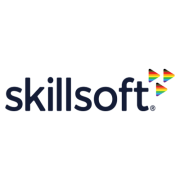






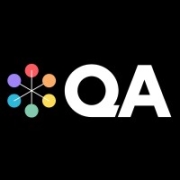

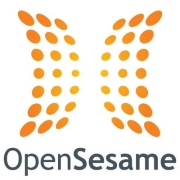
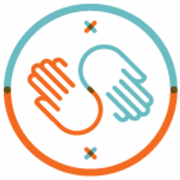



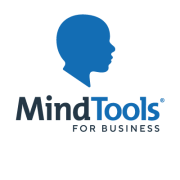






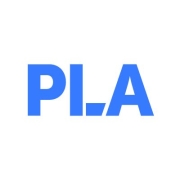
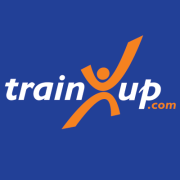


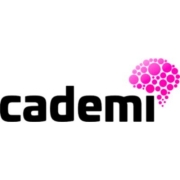
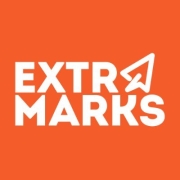
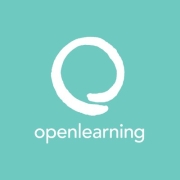
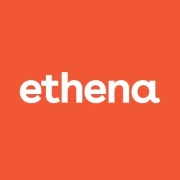



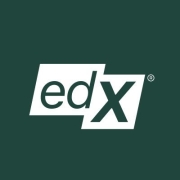

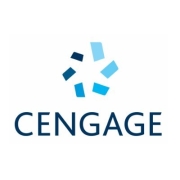










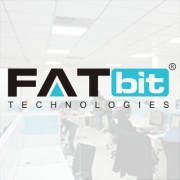

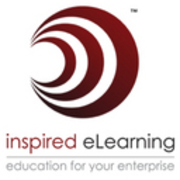

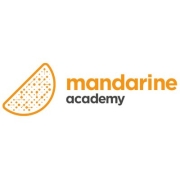

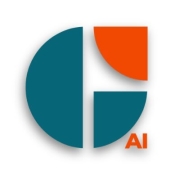




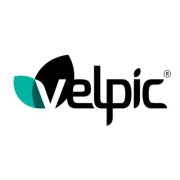
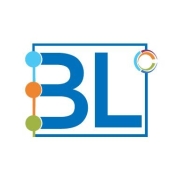











For conducting learning activities in person, it is enough to have a teacher or some kind of educator in the same room with his or her students. The lecturer can present whatever material they need and in whatever methods they prefer. With eLearning, which is conducted through electronic devices, organizations need to utilize different technologies and adapt the presented content in order to be able to efficiently teach students, taking into consideration the way people communicate online and how different it is to present material through electronic devices compared to in a physical classroom, as well as other factors.
For this reason, many different eLearning tools exist. Their purpose is to make this innovative educational approach easier for teachers as well as for students, regardless of what the topic of the lessons is about. Among the different types of tools for electronic learning are learning management systems (LSM), systems for online training, digital learning software, and instructional design, as well as tools for design, learning experience platforms (LXP), and content authoring tools. The many types of eLearning tools can be separated into categories according to what they are used for, including platforms on which the education is conducted, tools for content design and authoring, tools for analyzing the performance of the students and of the learning program, different types of management tools for for eLearning, as well as additional tools like quizzes and assessment programs, gamification, and others.
These eLearning tools are created to help educators to present effective learning programs even if they don’t have vast technical literacy. Through eLearning tools, any teacher, lecturer, or instructor in any field can prepare and present content, manage its performance, evaluate the effort of learners, reward them, and follow the data about anything related to the educational process.
If an organization uses some of the many different eLearning tools that are available, including for animation, storyboarding and collaboration, image and video creation and editing, and interactive content creation, they can ensure they will deliver educational resources that are adapted to the electronic methods of communication and that benefit the students in the most efficient ways.
Based on the way eLearning is conducted, including what technologies are being utilized and how long each session lasts, among other factors, there are different types of eLearning. The most common ones include:
The process of eLearning, alongside the technologies and methods it uses, has its advantages as well as its disadvantages. They include the following:
Advantages of eLearning:
Disadvantages of eLearning:
eLearning solutions allow you to offer flexible, on-demand training that can be accessed from anywhere. They provide interactive content that engages employees more effectively than traditional methods. Through assessments and feedback, eLearning can track progress and identify areas for improvement, making employee training more efficient and tailored to individual needs.
What features should I look for in an eLearning platform?When selecting an eLearning platform, consider features such as content compatibility, user-friendly interface, tracking and reporting capabilities, mobile accessibility, and integration with existing systems. Customization options and support for various content formats are also important to ensure the platform meets your organization's specific needs.
How does gamification enhance eLearning experiences?Gamification in eLearning incorporates elements like points, badges, and leaderboards to make learning more engaging and enjoyable. This approach enhances motivation and participation by providing a sense of achievement as you progress. It encourages competition and collaboration, leading to improved knowledge retention and application.
Can eLearning accommodate different learning styles?eLearning can cater to a variety of learning styles by offering diverse content types such as videos, quizzes, interactive simulations, and reading materials. You can choose resources that suit your preferred learning style, whether it's visual, auditory, or kinesthetic, ensuring a more personalized and effective learning experience.
What role does AI play in eLearning solutions?AI in eLearning solutions personalizes the learning path by analyzing your progress and suggesting relevant resources. It enables intelligent tutoring systems that provide real-time feedback and recommendations. AI can also automate administrative tasks, freeing up time for instructors to focus on creating value-added content and strategies.